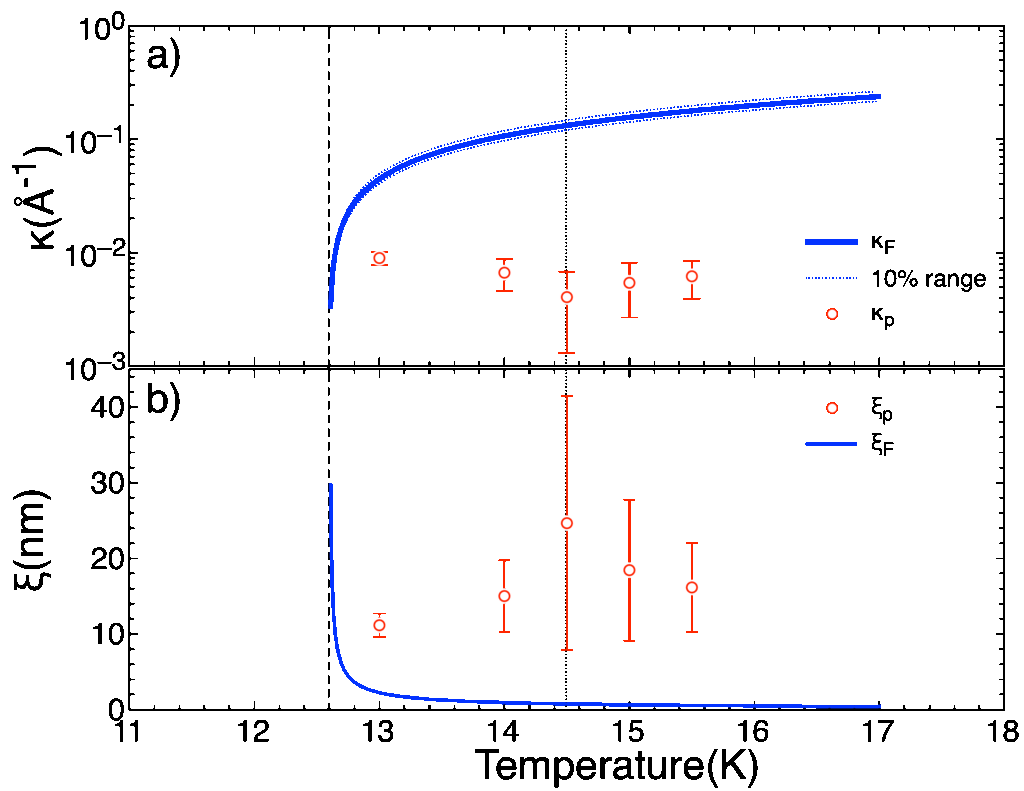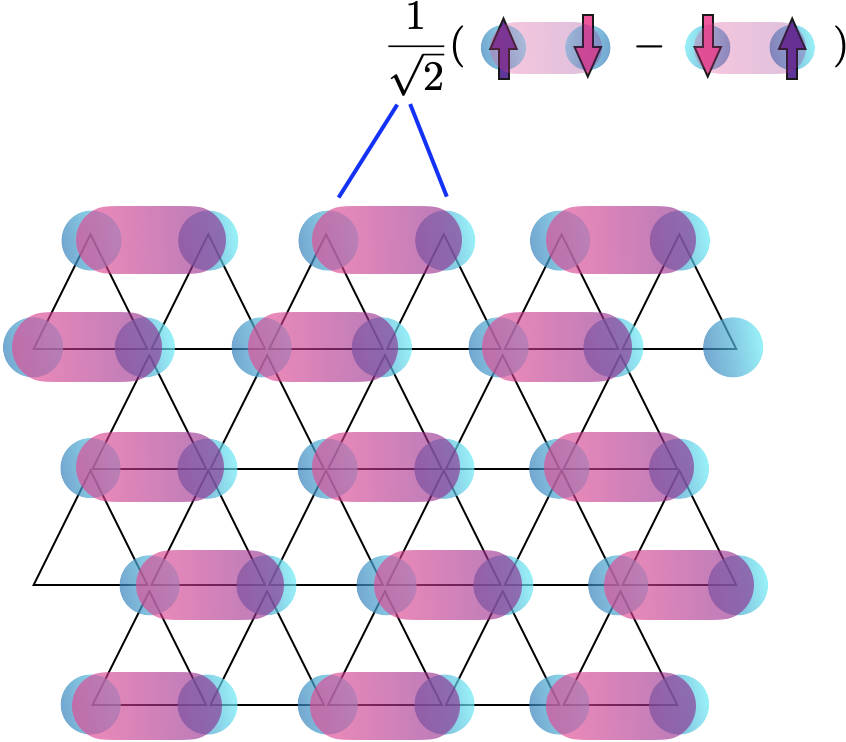Magnetic polarons

We studied the formation of magnetic moments in low-carrier density systems in a clean model compound, EuB6. This is a long standing question, which has a large range of applications from the ability to develop new materials for spintronics and thus revolutionizing electronics to understanding superconductivity in the high temperature superconductors. We are addressing the quantum mechanical problem of a strongly coupled mobile impurity moving in a magnetic background. Central to the description of these systems is the cloud of collective excitations surrounding and interacting with the mobile impurity, the so-called “magnetic polaron”. Contrary to intuition, the resulting coupling is strong and the size of the magnetic objects enormous.
In EuB6, upon cooling, strong interactions leads to the formation of ferromagnetic magnetic bubbles, the magnetic polarons, of the spin of the Eu2+. The conduction electrons get trapped by the polarons which leads to decrease in conductivity. With further cooling the polarons grow and eventually overlap, where they release the trapped charge carriers, leading to an insulator-metal transition.
Visualizing magnetic polarons

The magnetic bubbles can be observed as a diffusive signal in a neutron scattering experiment. As they are large objects, they scatter to small angles, thus SANS is required. We were able to show that they are dynamic and that their size (red points) does not follow the temperature dependence expected for the ferromagnetic fluctuations (blue curve) close the ferromagnetic ordering temperature at TC.

 fr_FR
fr_FR